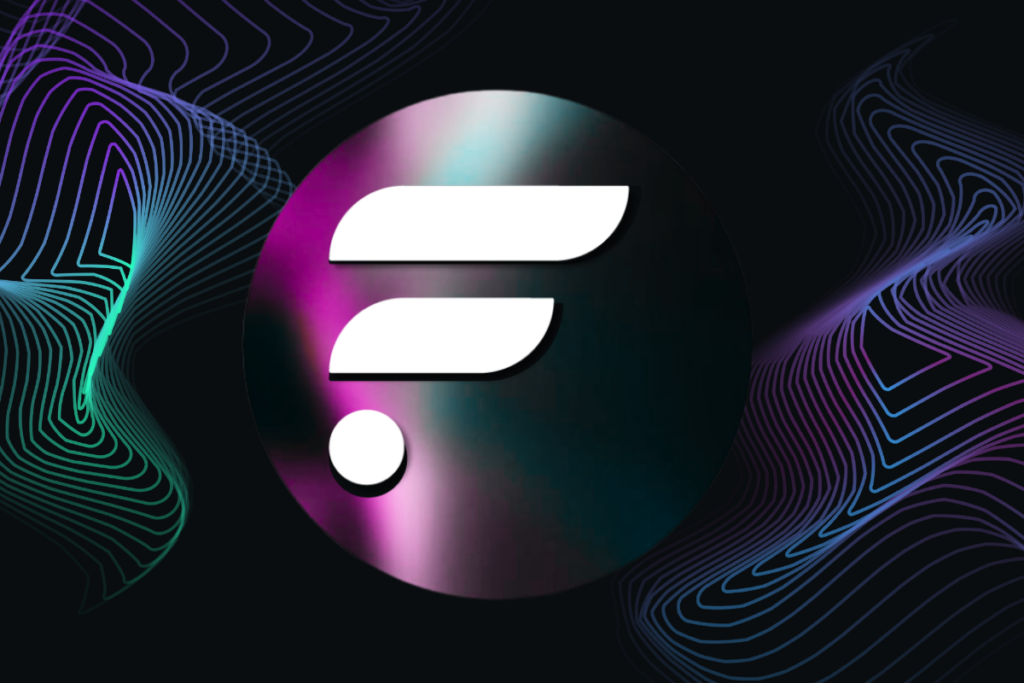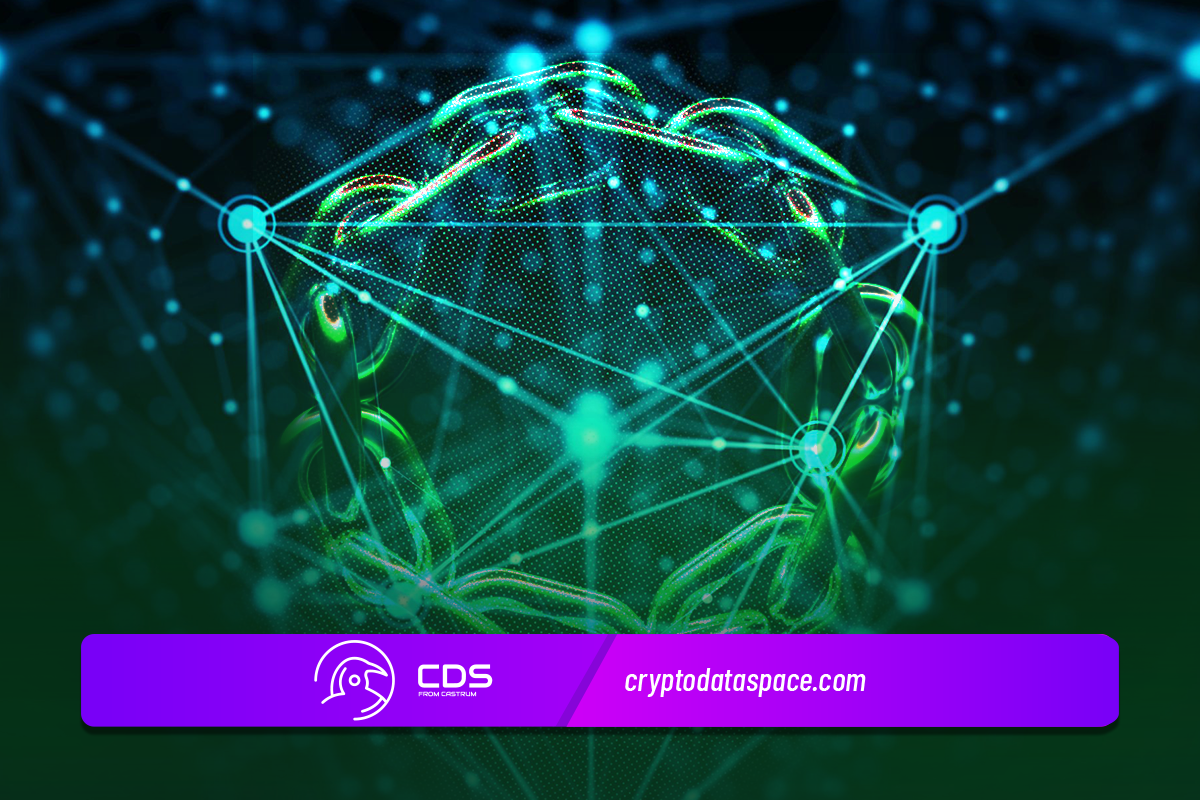Flare is an EVM-based interoperative blockchain that enables the use of smart contracts on the XRP network. The Flare token (FLR crypto) is utilized here as the local currency.
A Comprehensive Guide to FLR Crypto and the Flare Network – 2023
As a result of Flare’s development as an interoperable blockchain, it is now possible for different blockchains to connect with one another. The Flare Network has made it feasible to use Ethereum smart contracts on the XRP network, which was previously not possible.
Flare Network Components

Many components play a significant role in the creation of the blockchain. Below you can see detailed information about each component.
The Ethereum Virtual Machine (EVM)
Software that aids in deploying and executing smart contracts on the Ethereum blockchain is known as the Ethereum Virtual Machine (EVM). Additionally, it offers a setting in which developers can create decentralized apps (DApps) on the network. The EVM performs the same function on the Flare Network by hosting DApps and executing smart contracts. Because of this, Ethereum developers can profit from the network.
Flare State Connector Protocol
A smart contract called the Flare State Connector Protocol enables the Flare Network to gather information from any connected blockchain. By utilizing separate attestation providers, it accomplishes this in a decentralized and safe manner. These service providers each individually glean information from a relevant blockchain. Once there is sufficient agreement, the Flare Network makes this information public.
Flare Time Series Oracle Protocol (FTSO)
Another cross-chain data collecting and validation function on the Flare Network is the Flare Time Series Oracle Protocol (FTSO). The FTSO protocol gathers time-specific information as contrasted to the State Connector Protocol. To guarantee decentralized and safe data collecting, FTSO makes use of independent data suppliers.
Data that is time-specific may originate from crypto exchanges, for example. Then, it is automatically weighted based on the voting power of the information supplier. Once the data is weighted, a median is computed to generate an estimate that may be used on Flare.
Songbird
Songbird is Flare’s Canary network. With exactly the same features and functionality as Flare, it is a test and experimental network. On the test network, independent developers and the Flare team can conduct practical tests. They conduct this to determine how their modifications will impact the Flare Network. This makes it simpler and safer to experiment with new ideas and implement suggested improvements without running the risk of endangering the primary network.
Tokenomics

The native token of the Flare Network is the Flare Token (FLR crypto), which was formerly known as Spark. Payments, staking in validator nodes, paying transaction fees, voting, and thwarting spam assaults are some examples of FLR use cases. With the ticker FLR, the Flare token may be purchased and traded on a number of centralized and decentralized platforms.
Tokens worth 100 billion FLR are available for distribution to the network’s major players. Airdrops will distribute 58% of the tokens to the Flare community. The development team, backers, and advisors receive the remaining 19%. Finally, Flare set aside 22.5% of its tokens for business investment and product development. A total of 4.28 billion FLRs were airdropped, making up 15% of the tokens given to the community. According to the vote of the present holders, who are anticipated to wrap their FLR tokens, the remaining 85% of the token will be allocated.
What Do Tokens Do?
After the token distribution, the network is now fully operational. The FLR tokens will have diverse functions within the network, aside from casting a vote on how the remaining tokens will be allocated. First, FLR crypto serves as collateral for DApps developed by third parties on Flare blockchains. Additionally, it encourages support for the Flare Time Series Oracle’s (FTSO) provision of trustworthy decentralized price data.
In FLR crypto, users must pay transaction fees to stop spam assaults. Additionally, as was already indicated, the token enables users to take part in network governance. Future suggestions will be up for user voting via FLR crypto.
What is the Current FLR Crypto Price?
At the time of writing, FLR crypto is trading at $0.015, according to CoinMarketCap. The token price has increased by 5.71% in the last 24 hours.
















Leave a comment